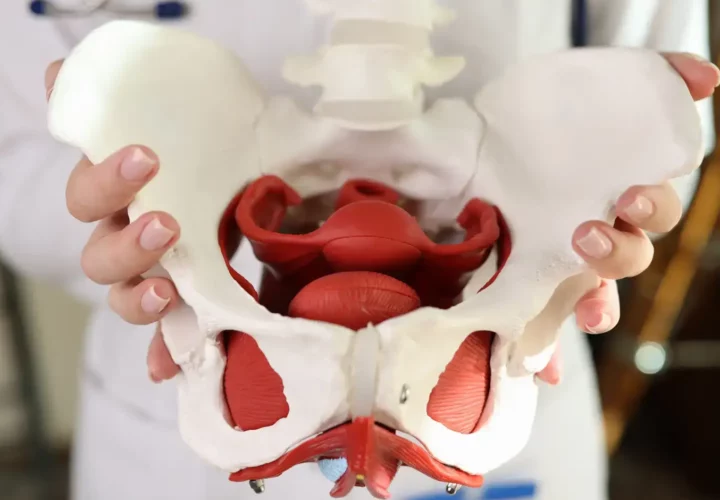Transfers can be a little bit scary especially if you have attempted to transfer a patient that is spastic. I had a particular patient that I had never transferred before who was very spastic. Although he was not too heavy for me, his spasticity made it difficult that I did not feel safe performing the transfer alone. I am not a very big person so safety for the patient as well as myself is a big concern.
There are many important things to know when transferring patients.
First you must know what your capabilities are. Never attempt to transfer someone if you are uncomfortable. It is important to set yourself up for success! Be sure to have a gait belt around the patient and set their wheel chair up appropriately. This will help make the process easier. Ensure the table and their wheel chair are locked so it does not move and communicate with your patient, even if it means counting out loud to “3” to transfer. Lastly, let them know exactly what you are looking to do.
While performing the transfer, make sure you are in a good position with proper body mechanics. Lift the patient using momentum and your legs, not your back or your arms. It is important to keep the patient as close to your center of gravity as you can. This ensures safety for yourself and the patient. Make sure to block the patients knee(s) so that you can help prevent them from losing balance if they buckle. Once you make the transfer to the table, stand directly in front of them and assess to make sure they are safely on the table/bed. Once they are situated you can instruct/assist them into the position you’d like them to be in for their exercises.
If a stand pivot or squat pivot transfer is not within your comfort zone with the patient, consider asking for assistance or even using a slide board. Slide boards are great to use when transferring, especially when the patient has some upper extremity strength because they will be able to help you.
It is important to know your limitations when it comes to transfers. It it also important to educate family members on transfers so that they too can perform them safely.



